The New Year is celebrated across the globe with unique traditions that reflect the culture, history, and hopes of each region.
From symbolic foods to spectacular rituals, these customs highlight the shared human desire for renewal, prosperity, and happiness in the coming year.
In this guide, we’ll explore 12 fascinating New Year’s traditions from around the world. Discover how different cultures ring in the new year, and perhaps find inspiration to add a touch of global flair to your own celebrations.
Fireworks in Sydney
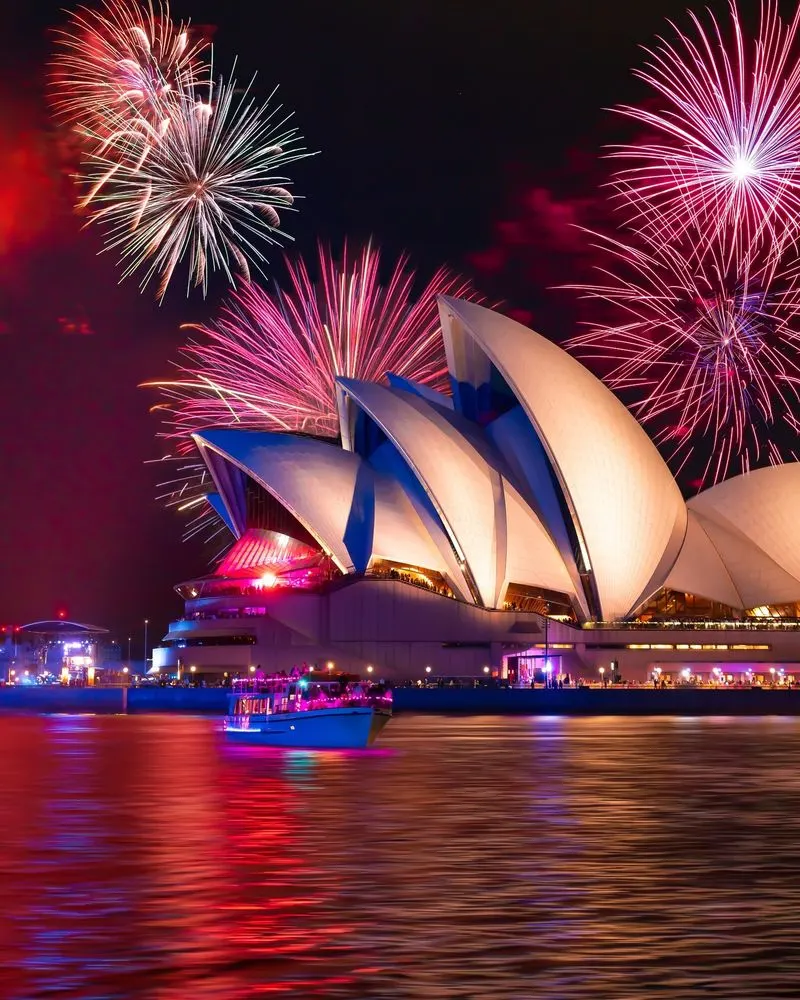
Sydney’s fireworks display is one of the first to ring in the New Year, casting vibrant colors across the iconic Opera House and Harbour Bridge. Thousands gather to witness this spectacular event, which lights up the night sky with breathtaking visuals.
As the clock strikes midnight, the city becomes a canvas of explosive art, symbolizing hope and new beginnings. The atmosphere is electric, filled with joy and anticipation for the coming year.
It’s a tradition that not only signifies celebration but also unity, as people from all walks of life come together to experience this mesmerizing spectacle.
Spanish Grapes Eating

In Spain, the New Year is welcomed with the eating of twelve grapes at midnight, one for each stroke of the clock. This age-old tradition is believed to bring good luck and prosperity for each month of the coming year.
Families and friends gather around, laughter echoing as they try to finish the grapes in time. The sweet-tart taste of each grape is accompanied by wishes and hopes for the year ahead. This custom is a delightful mix of challenge and festivity, encapsulating the spirit of togetherness and optimism that marks the New Year celebrations in Spain.
Japan’s Joya no Kane
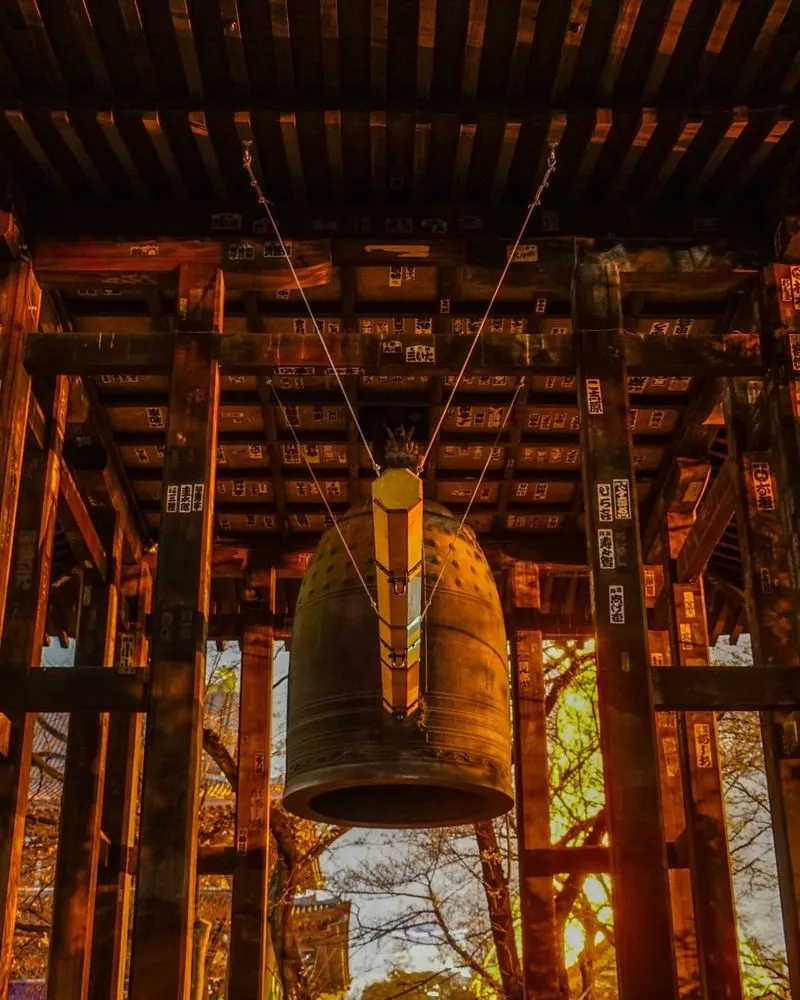
The Japanese tradition of Joya no Kane involves ringing temple bells 108 times to cleanse individuals of worldly desires. This ritual, steeped in Buddhist beliefs, signifies purification and renewal. As the bells toll gently through the crisp winter air, a sense of calm and reflection envelops those present.
This ceremony encourages letting go of past burdens, embracing tranquility, and welcoming the future with a clear mind. It’s a poignant reminder of the continuous cycle of life and the importance of balance and mindfulness, setting the tone for a harmonious New Year.
First-Footing in Scotland

First-footing is a cherished Scottish tradition where the first person to enter a home after midnight brings gifts symbolizing prosperity. Usually a dark-haired male, the guest carries items like coal, whiskey, and bread. Each gift represents warmth, good cheer, and food for the coming year.
This custom fosters a sense of community and well-wishing among neighbors and loved ones. As the initial footsteps cross the threshold, hopes for health, happiness, and abundance resonate through the household, intertwining the threads of kindness and tradition in the fabric of a new year.
Brazil’s Ocean Offerings
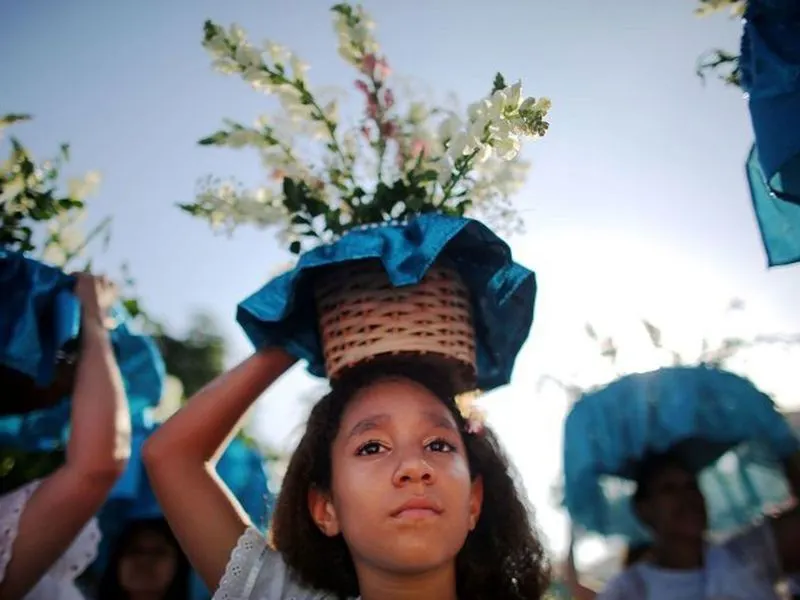
In Brazil, people honor the sea goddess Yemanjá on New Year’s Eve by offering flowers and candles to the ocean. Dressed in white, symbolizing purity and renewal, participants send small boats laden with gifts onto the waves, hoping for blessings and protection.
This ritual, rich in cultural significance, blends African traditions with local beliefs, creating a vibrant tapestry of spirituality and gratitude. As the offerings drift away, a serene connection to the divine is fostered, reflecting a collective wish for peace and prosperity. This tradition beautifully encapsulates the harmonious spirit of the Brazilian New Year.
South Africa’s Furniture Toss
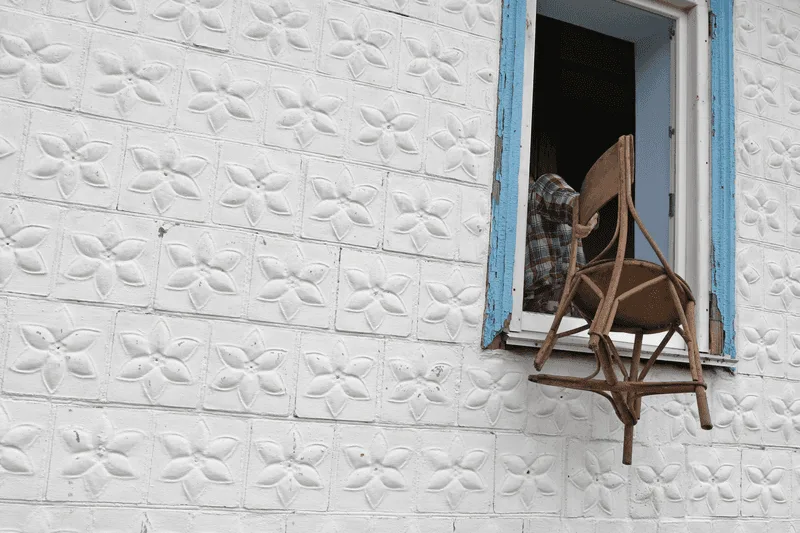
In Johannesburg, the New Year is marked by the unusual tradition of tossing old furniture out of windows. This act symbolizes letting go of past burdens and making space for new opportunities. While it might appear chaotic, it’s a cathartic experience for many, a physical manifestation of release and renewal.
The streets momentarily transform into a lively scene of flying furniture and laughter, as communities come together in shared exuberance. This bold gesture of decluttering encourages a fresh start, serving as a metaphorical and literal clearing of the slate for the year to come.
Italian Red Underwear

In Italy, wearing red underwear on New Year’s Eve is a popular tradition believed to bring love and prosperity. The vibrant color is associated with passion and good fortune, making it a fitting choice for welcoming the New Year. Boutiques display a variety of red garments, enticing shoppers with promises of luck and romance.
This playful custom adds a splash of color and excitement to the festivities, blending fashion with superstition. It’s a light-hearted way to embrace the promise of new beginnings, wrapped in the warmth of tradition and the allure of hope.
Colombian Suitcase Walk

In Colombia, walking around the block with empty suitcases is a whimsical tradition symbolizing a year filled with travel and adventure. Families and friends take to the streets, laughter in the air, as they parade their luggage in anticipation of exciting journeys ahead.
This ritual, light-hearted and hopeful, reflects the Colombian love for exploration and new experiences. It’s a fun way to manifest dreams of distant lands and broadened horizons, encouraging an open-minded approach to the coming year. Whether or not travel plans materialize, the spirit of adventure remains firmly in their hearts.
Philippines’ Round Fruits
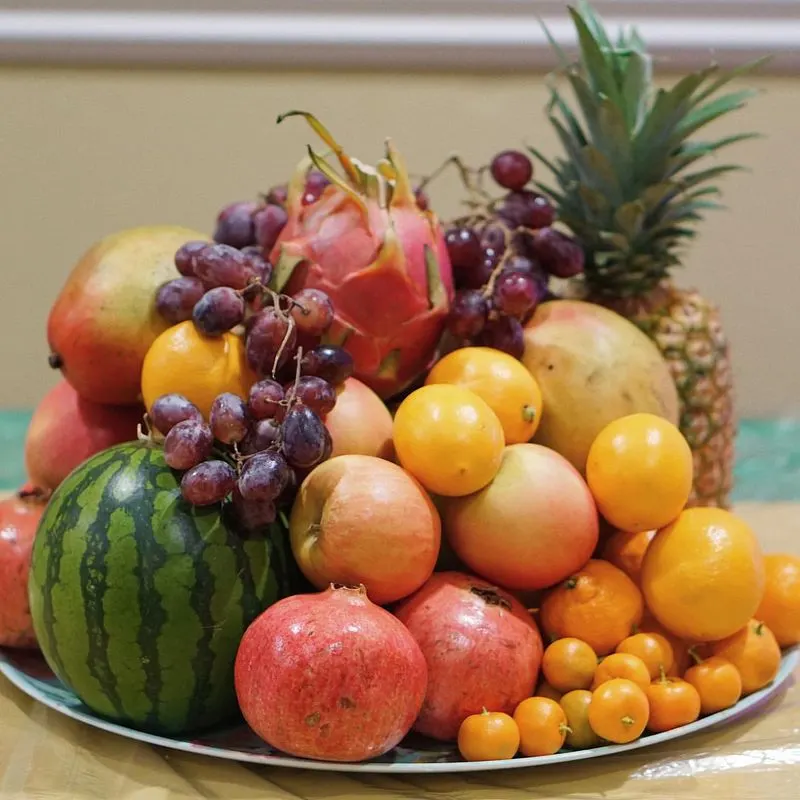
In the Philippines, displaying 12 round fruits on the dining table is a traditional way to attract good fortune. Each fruit symbolizes prosperity for one month of the year, making this a colorful and meaningful New Year’s Eve ritual. Families carefully select and arrange fruits like oranges, grapes, and melons, their round shapes representing coins and wealth.
This custom is a blend of practicality and symbolism, encouraging positivity and abundance. As midnight approaches, the sight of these vibrant fruits serves as a joyful reminder of the hopes and dreams that accompany the coming year.
Ecuadorian Effigy Burning
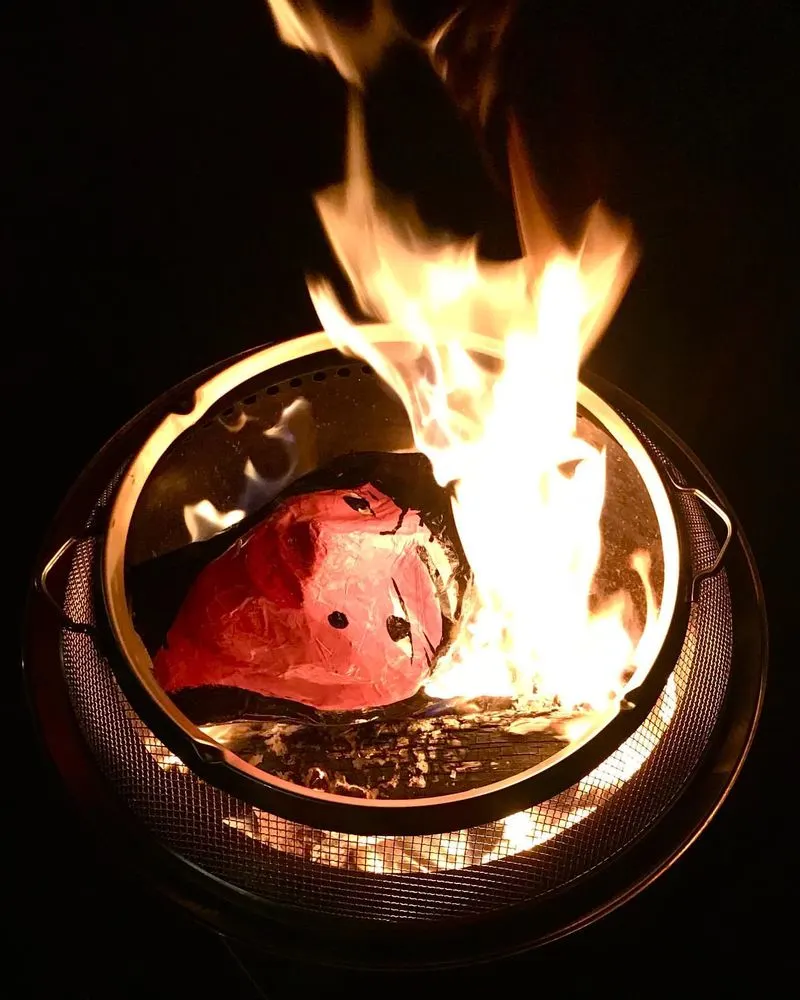
In Ecuador, burning effigies known as “Años Viejos” is a dramatic New Year’s Eve tradition that symbolizes bidding farewell to the past. These effigies, often made of paper and stuffed with fireworks, represent the old year’s misfortunes and mistakes.
As flames consume these figures, communities gather in shared reflection and celebration, releasing the burdens of the past. The ritual serves as a cathartic reminder of renewal and transformation, encouraging individuals to embrace change with open hearts. It’s a vivid spectacle that combines fire’s purifying power with the collective spirit of hope and resilience.
Greek Hanging Onions
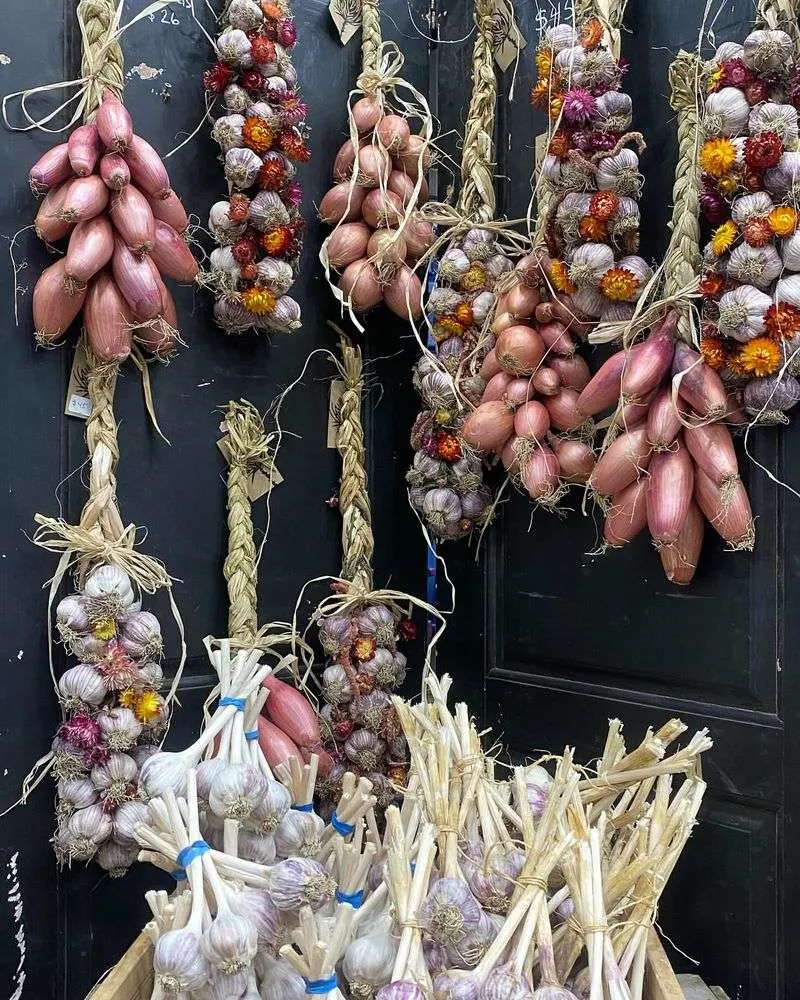
In Greece, hanging an onion on the front door is a unique New Year’s tradition symbolizing growth and rebirth. This humble vegetable, with its resilient layers, represents the ability to thrive despite challenges. Families carefully select an onion, placing it prominently at the entrance as a beacon of hope and prosperity.
The hanging onion serves as a reminder of nature’s cycles and the potential for renewal, encouraging a positive outlook for the year ahead. This simple yet profound custom beautifully intertwines natural symbolism with cultural beliefs, fostering a sense of continuity and optimism.
German Lead Pouring
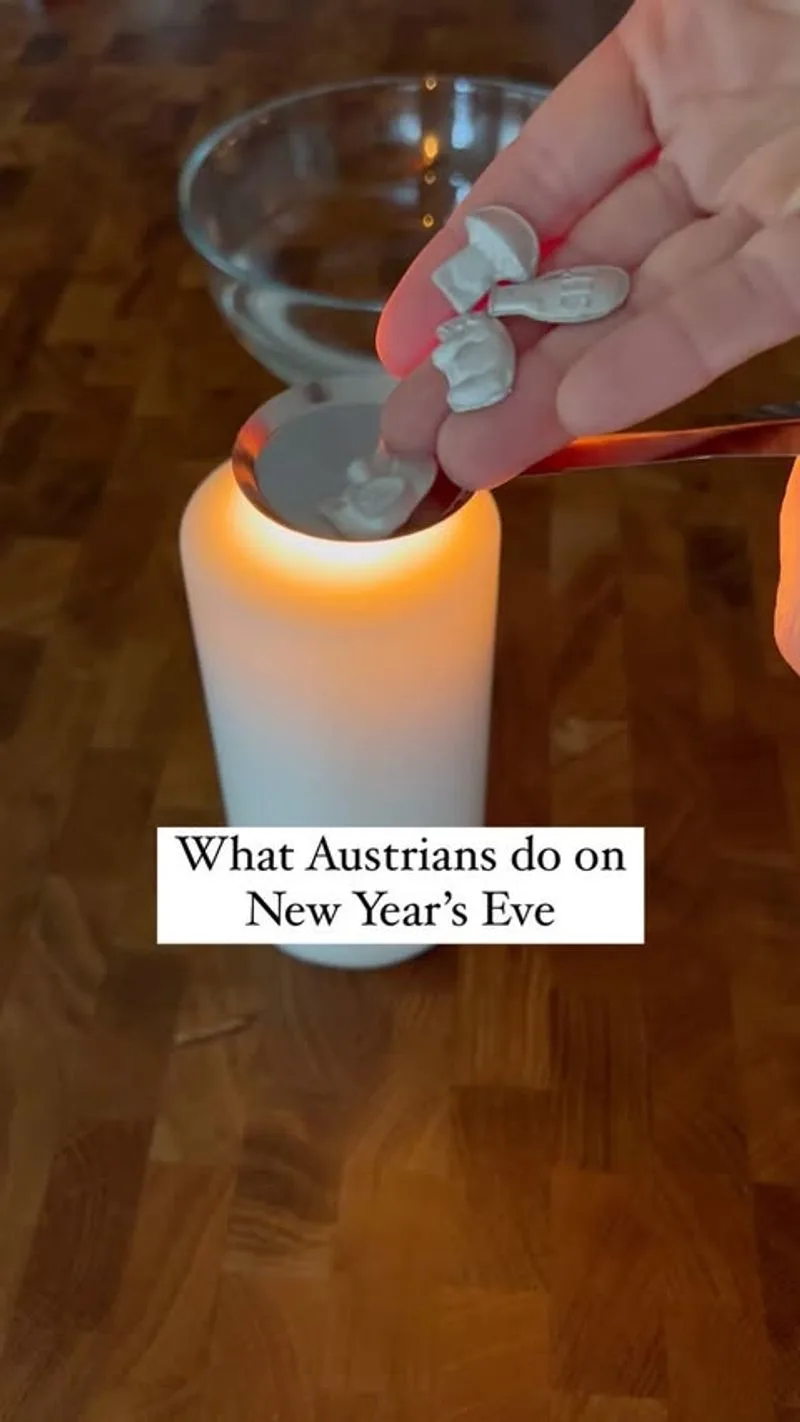
In Germany, the ancient practice of Bleigießen involves pouring molten lead into cold water to predict the future. As the lead cools and solidifies into various shapes, families interpret the forms to glean insights into the coming year.
This tradition blends curiosity with creativity, as participants share interpretations and laughter. The resulting shapes, whether resembling animals or objects, are believed to hold clues about love, health, and fortune. Bleigießen is a cherished part of German New Year celebrations, offering a playful and imaginative way to contemplate the unknown, connecting past customs with future aspirations.

